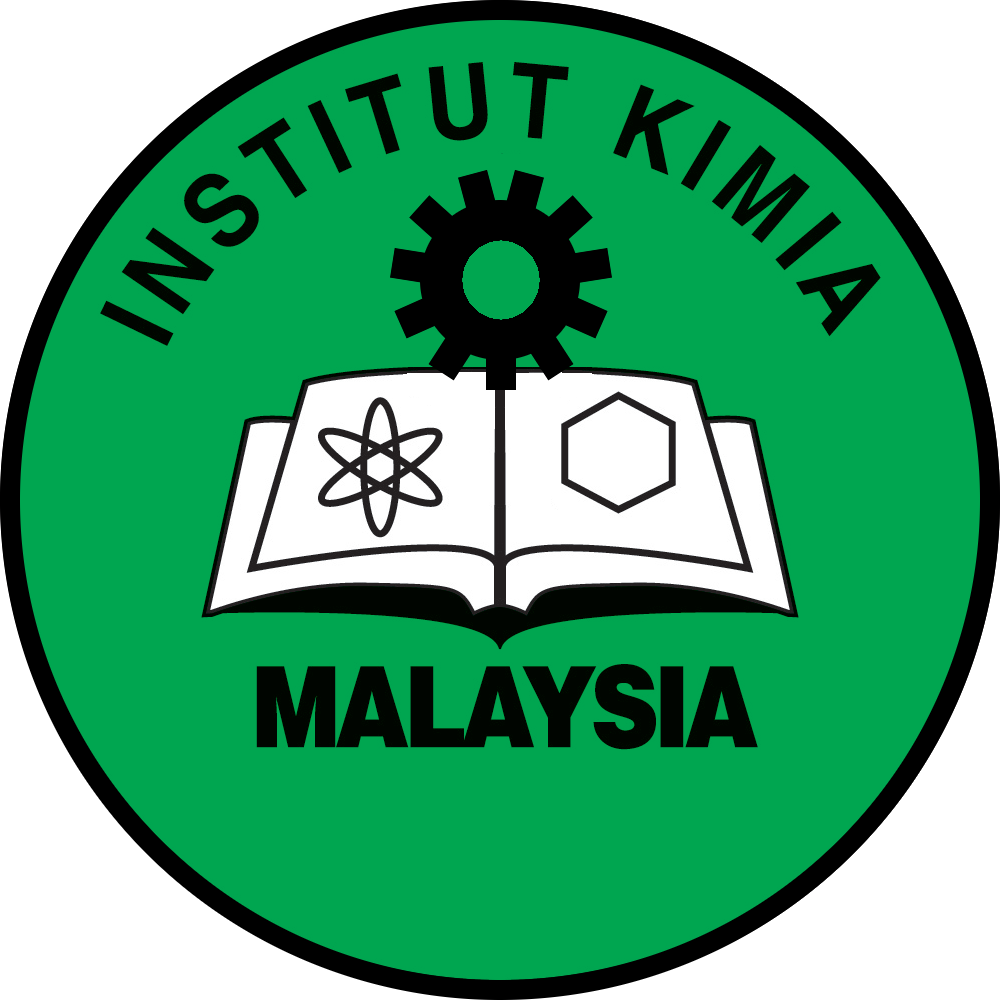Enhanced Removal of Ni2+ and Cu2+ Using Biochar/Polyaniline Composites: A Comparative Study of In-Situ and Ex-Situ Polymerization Methods
DOI: https://doi.org/10.55373/mjchem.v27i2.159
Keywords: Biochar; polyaniline; composites; adsorption; heavy metal removal
Abstract
Industrial revolution and population growth result in heavy metal pollution. There is various research done on heavy metal removal, nonetheless most of the conventional methods are associated with high costs and poor performance. This study investigates the development of polyaniline-supported biochar (BC/PANI) composites as efficient adsorbents for removing heavy metal ions (Ni2+ and Cu2+) from aqueous solutions. These BC/PANI composites were examined as a promising material in removing heavy metal ions, specifically Ni2+ and Cu2+, from aqueous environments. Fourier-transform infrared spectrometry (FT-IR) analysis revealed the presence of hydroxyl, carbonyl, alkane, and alkene groups in BC, while amine, aromatic, and alkane groups were found on PANI and the composites. Ultraviolet-visible (UV-Vis) analysis confirmed the conductive emeraldine salt state of PANI and scanning electron microscope (SEM) images showed that the composites had pore sizes similar to pure BC, which could enhance their thermal stability. The electrical conductivity of the composites (8.0 x 10-1 – 5.6 Scm-1) was slightly lower than that of pure PANI (6.0 – 8.0 Scm-1). Preliminary results indicated that the BC/PANI (ex-situ) composite achieved Ni2+ and Cu2+ removal efficiencies of 79.61% and 68.87%, respectively, while optimal conditions for Ni2+ removal (81.56%) were found at pH 5, 30 minutes contact time and by using 0.75 g of adsorbent. In-situ polymerization achieved superior removal efficiency (83% for Ni2+) with minimal adsorbent use compared to the ex-situ method (69.4%), showcasing its potential for efficient metal ion removal. These findings highlight the potential of BC/PANI composites as sustainable and cost-effective solutions for water purification and heavy metal remediation, realizing the Sustainable Development Goal 6: Clean Water and Sanitation.
